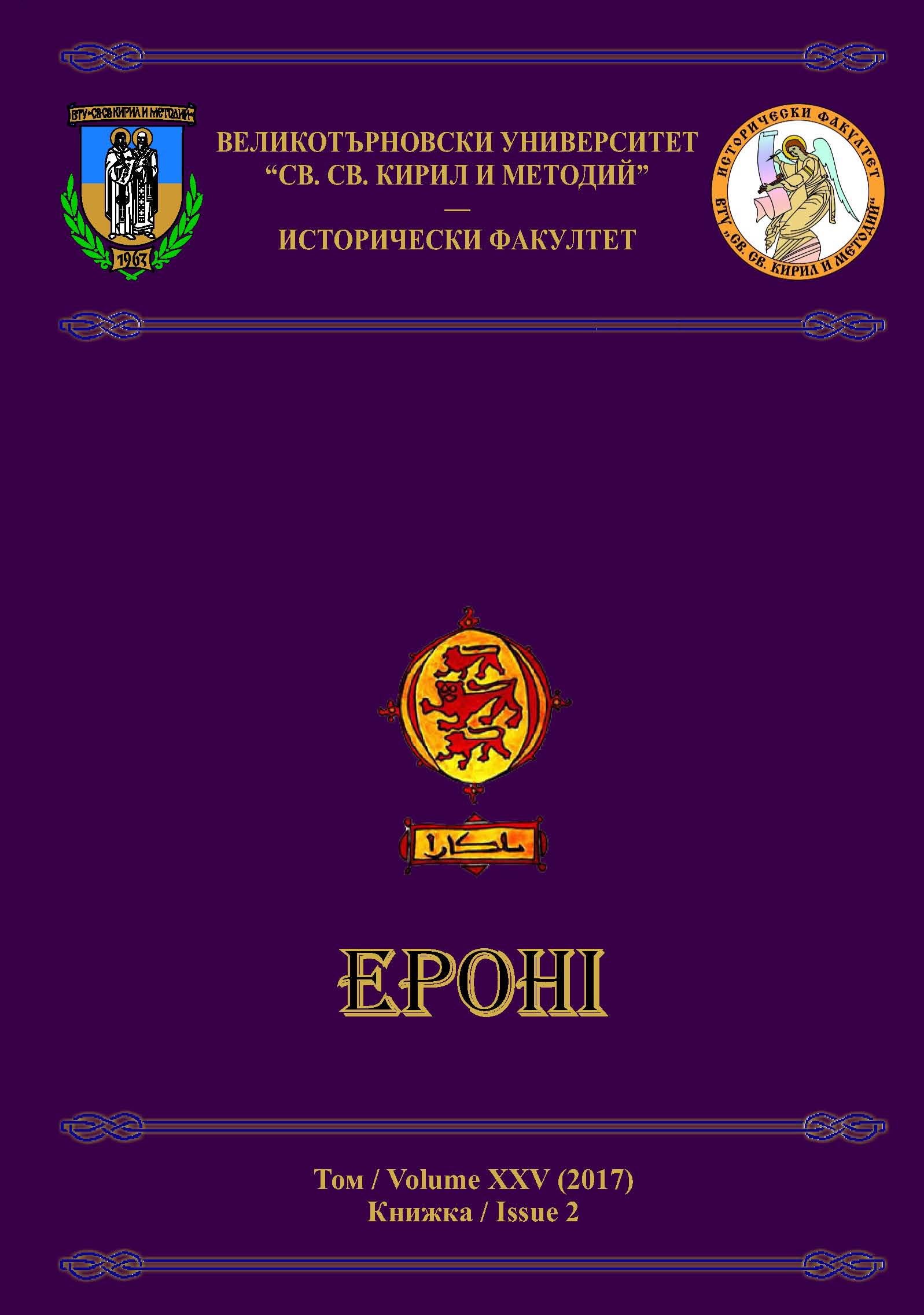Речник на Линеар Б за конструкцията на микенските колесници
Linear B Lexicon for the Construction of Mycenaean Chariots
Author(s): Richard Janke, Spyros BakasSubject(s): History, Archaeology, Cultural history, History of ideas, Social history, Ancient World
Published by: Великотърновски университет „Св. св. Кирил и Методий”
Keywords: Late Neolithic; farming; defence; fortifications; Sumer; Egypt; Mycenae; chariots; Bronze Age
Summary/Abstract: Ever since humankind first settled down in permanent settlements as the direct consequence of farming of grains and other crops and the raising of livestock in the Late Neolithic era, the territorial imperative has consistently dictated real or imagined threats from outsiders. Consequently, people always struggled to improve means of self defence, leading to the introduction of missiles such as sling stones, spears and arrows. In the Late Neolithic, humankind built enormous fortresses. This was soon followed by the emergence of the first chariots in Sumeria ca. 2,500 BCE. Cumbersome as they were, they represented a significant step forward in the early technology of warfare. The next millennium was to bring about the perfection of the chariot as a vehicle enabling much more efficient warfare. Chariots had become far lighter, more mobile and more battle-worthy than their much more ponderous Sumerian predecessors. All late Bronze Age chariots, including Egyptian and Mycenaean, had reached the zenith of perfection attainable for that era. The Linear B Lexicon for the Construction of Mycenaean Chariots, the only one of its kind, has been produced in partnership with Koryvantes, the Association of Historical Studies (Athens).
Journal: Епохи
- Issue Year: XXV/2017
- Issue No: 2
- Page Range: 299-315
- Page Count: 17
- Language: Bulgarian

